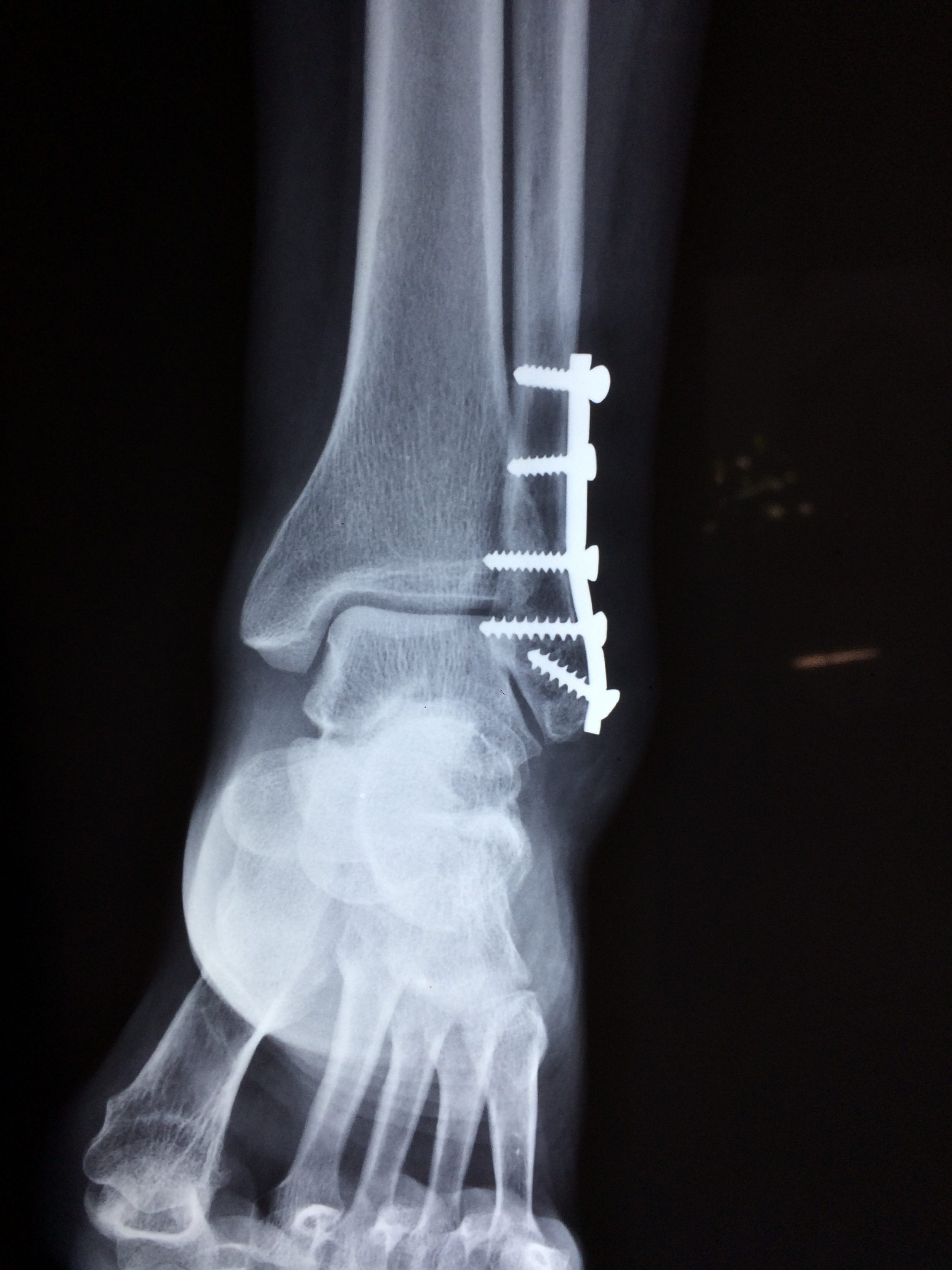Knee pain is a signal of danger and is a “folk” disease: five to ten million people in Singapore suffer from this disease. There are different types of knee pain. Similarly, its possible causes are varied. A thorough medical examination is necessary to determine each case’s exact causes.
The engine’s flashing red light of the oil level indicator and knee pain should be assessed as an enemy and a necessary warning. It indicates that something is wrong with the knee. And if you respond to this warning in time and eliminate the causes, you may solve many problems. More dangerous are painless defects, such as small meniscal fissures or incipient cartilage destruction, leading to osteoarthritis of the knee without being noticed. Two leading causes cause most knee complaints: trauma and arthrosis of the knee.
Symptoms of osteoarthritis of the knee
This disease varies in the course depending on severity, age, physical activity, and other predispositions, but by far, the most common symptoms are:
- Knee pain that worsens with activity and lessens with rest. This pain is caused by opening the free nerve endings of the subchondral bone of the damaged cartilage.
- swelling of the knee
- A feeling of warmth in the joint
- Immobility in the knee, especially in the morning or after a long time of stiffness, such as sitting in the office or watching TV
- A decrease in the range of motion of the knee joint (eng. ROM. – Range of Motion) makes it difficult to get up from a chair or get out of a car. Difficulty going up and downstairs and later even walking.
- Creaking, crunching, and cracking in the knee, primarily due to the sudden motion of the knee joint.
- Many people have also suggested that a change in weather can affect pain and joint function.
Causes and consequences
Pain in the knee after external injury is known as trauma. Although the knee can withstand up to 1.5 tons of force for a short time, it is very prone to injury because a protective layer of muscle does not surround it. Due to traffic accidents, bruises are blown during sports or fall directly on the joint.
In an acute injury or accident, knee pain usually occurs immediately after the accident. Often at rest, the pain after injuries decreases but returns with exertion. As a rule, after an injury in the joint, an inflammatory process begins and, consequently, night pains at rest. With an injury to the cruciate ligament of the knee, a feeling of lack of stability in the joint is typical.
Knee pain due to joint wear (arthritis)
As we age, more and more people suffer from joint wear and tear. The reason is the wear of the cartilage layer, which provides easy sliding of the joint and subsequent damage to the cartilage. There is usually a gradually increasing pain in diseases associated with wear and tear, aggravated by exertion. Initial pains are also characteristic during the first movements after rest. Since there is usually no inflammatory process in arthrosis, as a rule, pain is not observed at night or during rest unless heavy overloads preceded them.
Osteoarthritis sometimes progresses from continuous (chronic) irritation to inflammatory arthritis, resulting in swelling and effusion. Other reasons are:
- overload in sports or at work
- congenital leg deformities (such as X and O legs)
- arthritis
- rheumatoid arthritis
- ligament injuries
- meniscus injury
- gout
- bursitis
- location of the patella
- degenerative wear and tear
- chondromalacia
- Baker’s cyst
Knee pain can also occur after overexertion with harmless short-term irritation. In addition, knee pain can be caused by radiating pain from another diseased joint. Typical of these “shifted pains” is that there is also pain in other joints, including the ankle, in addition to knee pain.
Conclusion
In any case, with constant pain in the knee, you need to consult a specialist. With the help of the necessary diagnostic measures, he can determine the source of the pain, as it may be radiating pain from another diseased joint. It can also detect diseases such as osteoporosis, bone infarction, or tumors, which can also cause knee pain in rare cases.
Also Read: Seo Specialist Who He Is What He Does How Much He Earns.

